
As global temperatures rise, the impact on hurricane intensity and frequency has become increasingly evident. The connection between climate change and hurricanes is a critical area of study, revealing how warmer oceans and atmospheric conditions are contributing to more powerful and destructive storms. This article explores the various ways in which global warming is supercharging hurricanes, leading to stronger winds, higher storm surges, and record rainfall.
Warmer Oceans Fuel Storms
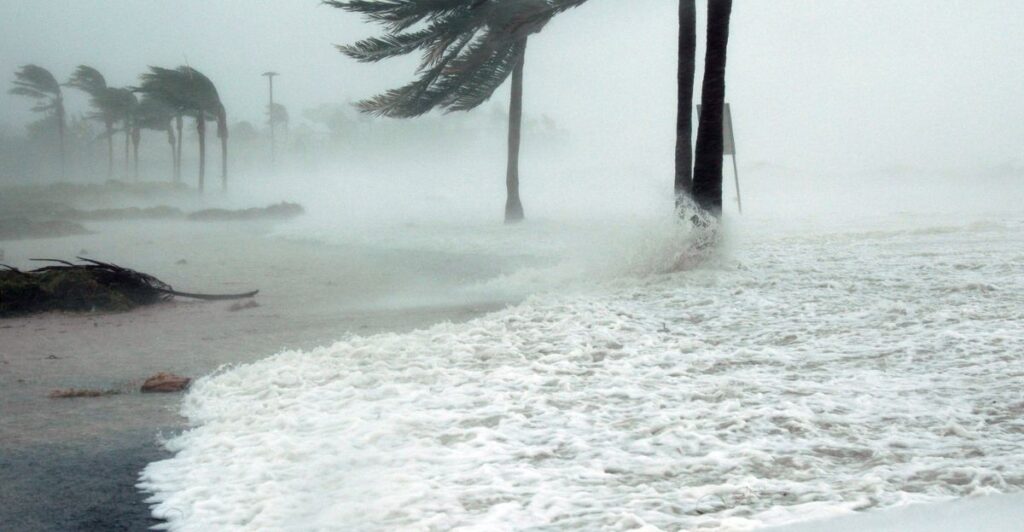
The primary driver behind the increased intensity of hurricanes is the warming of ocean waters. Hurricanes derive their energy from warm water, and as ocean temperatures rise due to climate change, these storms gain more strength. Warmer seas lead to increased evaporation, allowing storms to absorb more water vapor and heat as they move across the ocean, resulting in stronger winds and heavier rainfall when they make landfall.
Increased Rainfall from Hurricanes

In a warmer climate, hurricanes are capable of producing significantly more rain. As temperatures rise, the atmosphere can hold more moisture; for every 1°C increase in temperature, it can retain approximately 7% more water vapor. This increased moisture availability leads to heavier rainfall during storms, exacerbating flooding risks in affected areas.
The Role of Sea Level Rise
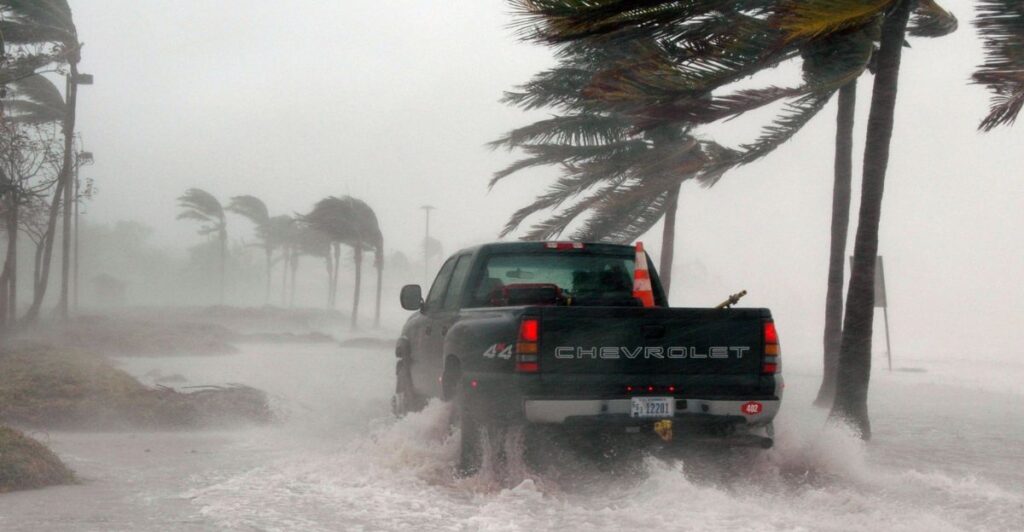
The rise of sea levels is another critical factor that worsens the impact of hurricanes. As global temperatures increase, polar ice melts and ocean water expands, leading to higher sea levels. This phenomenon contributes to more severe storm surges—when water levels rise above normal due to hurricane winds—pushing more water inland during storms. Historical events like Hurricane Katrina demonstrate how storm surges can lead to catastrophic flooding when combined with elevated sea levels.
Catastrophic Storm Surges

Storm surges have been responsible for extensive damage in major cities during hurricanes. For instance, after Hurricane Sandy struck New York City in 2012, the storm surge caused significant flooding and destruction. Rising sea levels amplify these effects by increasing the baseline water level from which storm surges occur, making coastal communities more vulnerable to flooding during hurricanes.
Frequency of Intense Hurricanes
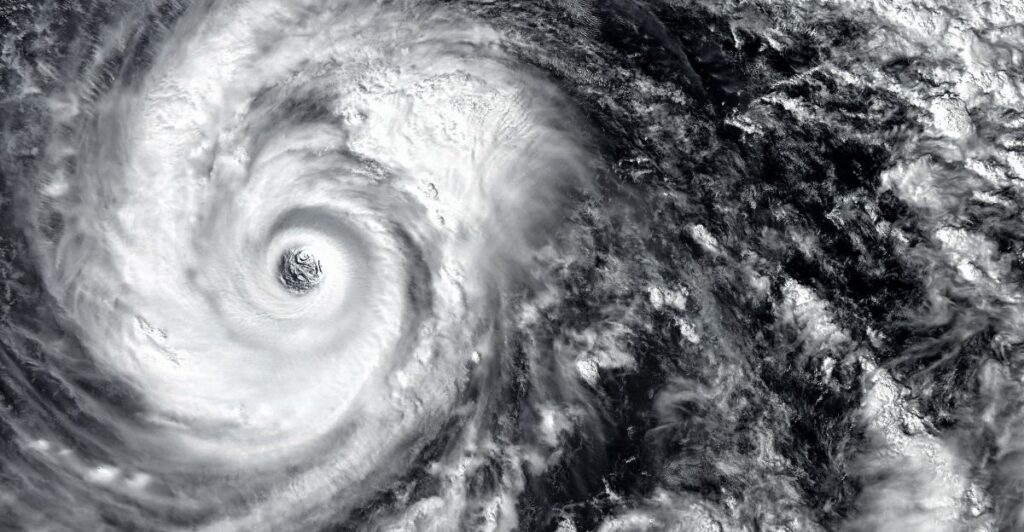
Research indicates that the frequency of the most damaging hurricanes has increased significantly over the past century. The proportion of major hurricanes (Category 3 or above) in the Atlantic Ocean has doubled since 1980, with some studies suggesting that the most destructive U.S. hurricanes are now three times more common than they were a century ago. This trend highlights a concerning shift towards more intense storms as a result of climate change.
Rapid Intensification of Hurricanes
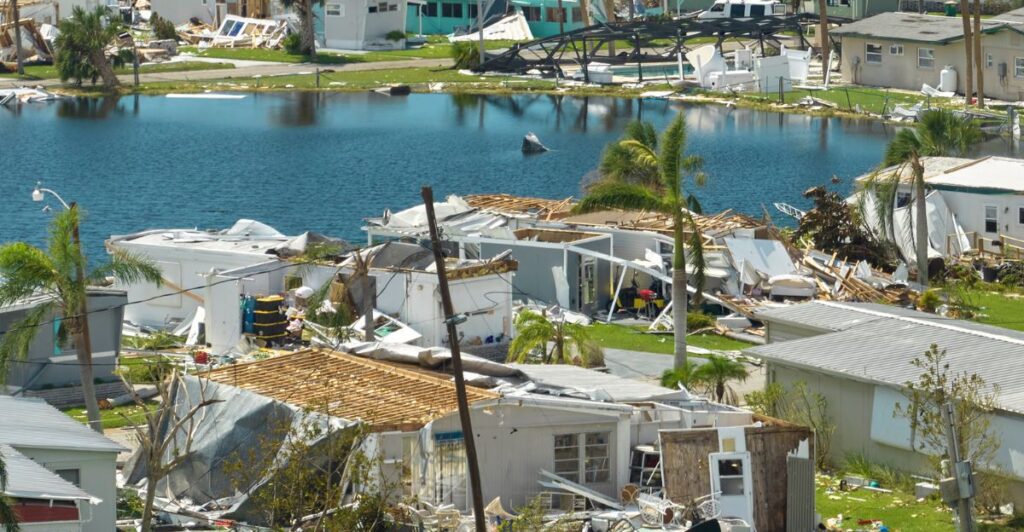
Another alarming trend is the rapid intensification of hurricanes. In recent years, storms such as Hurricanes Dorian and Milton have intensified quickly before making landfall, complicating predictions about their potential impact. This rapid intensification is attributed to warmer ocean temperatures and increased moisture availability in a changing climate.
Slower Hurricane Movement

Interestingly, hurricanes are also moving more slowly across the ocean, which can lead to prolonged periods of heavy rainfall and high winds in affected areas. Scientists are investigating how this slowdown relates to climate change; one theory suggests that changes in atmospheric wind patterns may be contributing to this phenomenon. The result is often greater damage as communities endure longer exposure to storm conditions.
The Need for Preparedness

The increasing severity and frequency of hurricanes underscore the urgent need for communities to prepare for extreme weather events. Enhanced preparedness measures can help mitigate damage from future storms and protect vulnerable populations from catastrophic impacts. Investing in infrastructure improvements and emergency response systems is essential as hurricane risks continue to escalate.
Impact on Pets And Other Wildlife
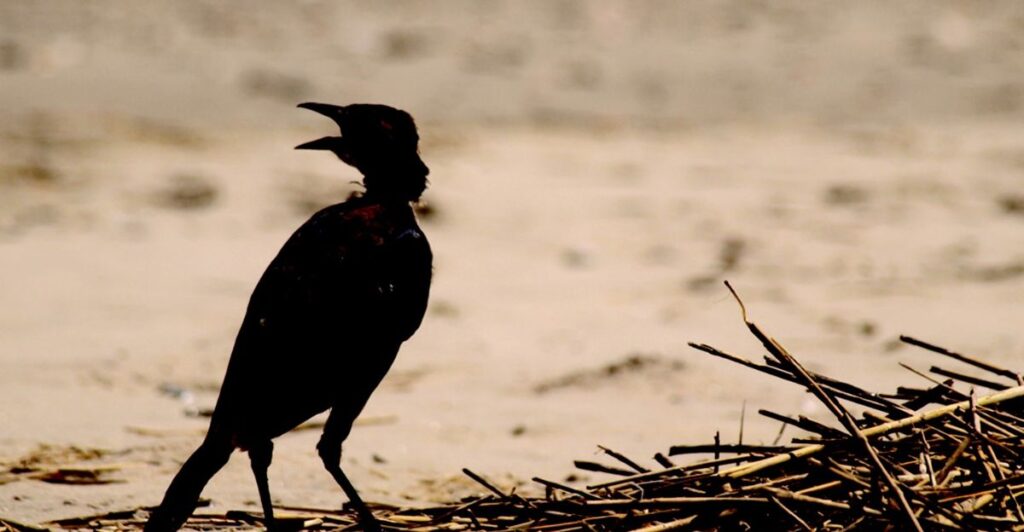
The impact of hurricanes extends beyond human communities, significantly affecting animals and pets as well. As storms approach, many domesticated animals, such as pets, can become anxious and disoriented due to changes in their environment and the chaos that ensues. Pet owners often face challenges in ensuring their animals’ safety during evacuations, as not all shelters accommodate pets. Additionally, wildlife is equally vulnerable; many species are unable to escape the storm’s path. Animals may experience habitat loss, displacement, and even death due to flooding and strong winds. For instance, marine life can suffer from severe disruptions, with fish and other aquatic species being stranded or killed due to changes in salinity and oxygen levels caused by flooding. As habitats are altered by hurricanes, both domestic animals and wildlife face long-term challenges in adapting to their new environments or recovering from the destruction of their natural habitats.
Scientific Understanding of Hurricanes
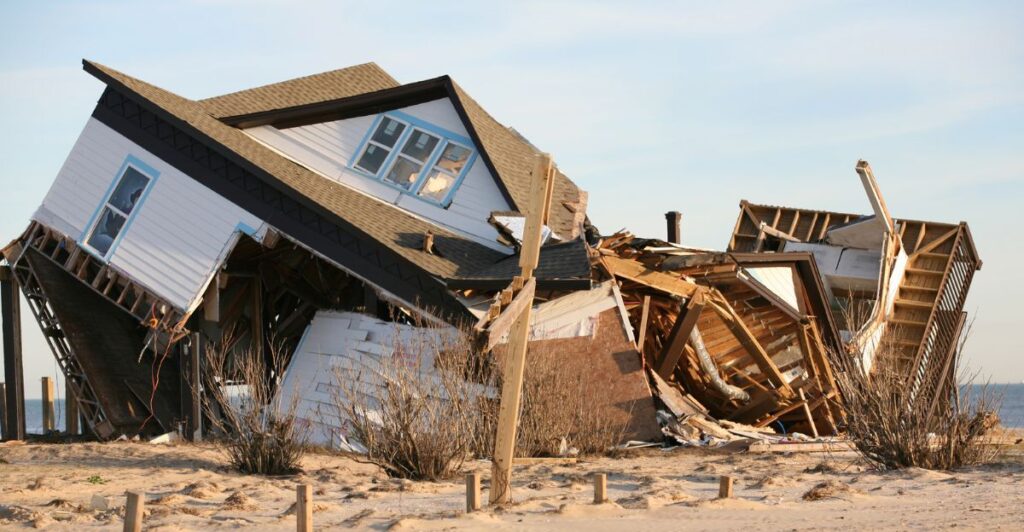
Understanding how climate change affects hurricane behavior is critical for developing effective strategies for adaptation and mitigation. Ongoing research aims to clarify the relationship between warming oceans, atmospheric conditions, and hurricane dynamics. Scientists are focused on improving models that predict storm intensity and rainfall rates as climate change progresses.
Climate Change’s Broader Impact on Weather Patterns

The influence of climate change extends beyond hurricanes; it affects global weather patterns overall. As temperatures rise, extreme weather events become more frequent and severe across various regions. This broader context highlights the interconnectedness of climate systems and emphasizes the need for comprehensive approaches to address climate-related challenges.
Compelling Evidence

The evidence linking climate change to stronger hurricanes is compelling and necessitates immediate action. Communities must prioritize resilience-building efforts to adapt to an increasingly volatile climate. By understanding the science behind these changes, we can better prepare for future storms and work towards mitigating their impacts on society and ecosystems alike
Discover more of our trending stories and follow us to keep them appearing in your feed

Polar Vortex Will Drop Temperatures By 30 Degrees In These States
Hurricane-Like Bomb Cyclone Set to Impact These 8 States
California Is Breaking Apart: A Fault Line Is Forming Faster Than Anyone Predicted
Bobcats Are Making a Comeback—And They Might Be Protecting Us From Disease
References:
Reference 1
Reference 2
Reference 3
This article first appeared here
Stay connected with us for more stories like this! Follow us to get the latest updates or hit the Follow button at the top of this article, and let us know what you think by leaving your feedback below. We’d love to hear from you!







